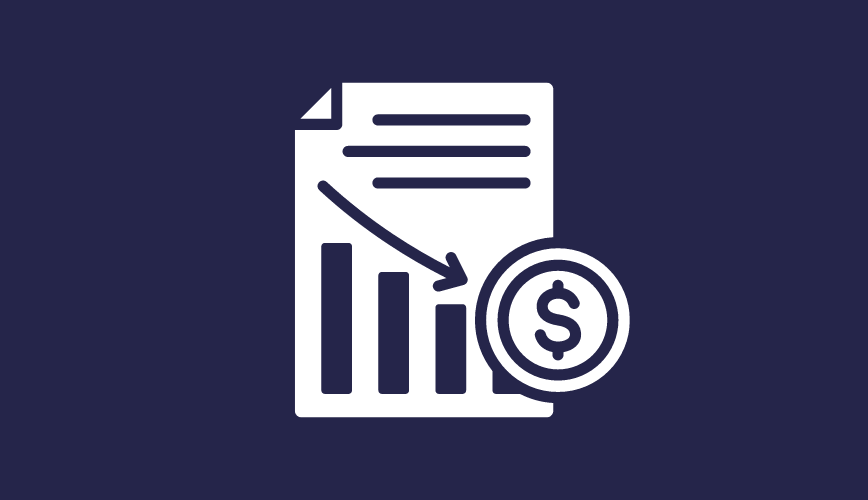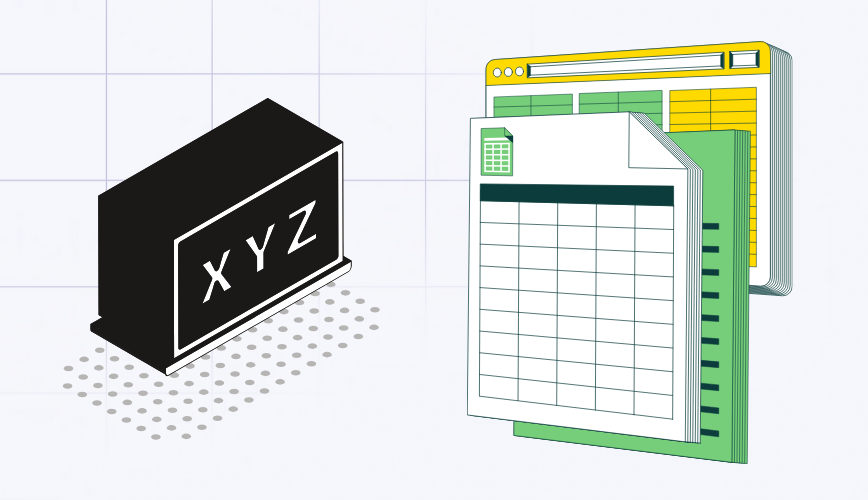When it comes to shopping, expensive and cheap are not primarily about the numbers on the price tag. They’re about how people perceive those digits. The bad news is that price perception can differ between the buyer (for whom the price represents an expense) and the seller (for whom it represents profit). The good news is that various psychological techniques can influence customers’ price perception.
In this article, we explain how to manage price perception and share several strategies that can transform even the highest price tag into something attractive.
Contents:
What Is Price Perception?
What Is Price Positioning?
What Factors Affect Price Perception?
Impact of Price Perception on the Consumer Purchasing Journey
How to Adjust Price Perception in 2024
What Is Price Perception?
Price perception is one of the key factors influencing consumer purchasing decisions. Often, the choice to buy is not solely determined by the actual cost but rather by the perceived price and value of the product in the consumer’s mind.
Price perception always has two sides: negative (where the buyer sacrifices their money for the product or service) and positive (where the price is seen as an indicator of quality and usefulness). The goal of all marketers and sales managers is to strike a balance between the perceived sacrifice and the perceived value that justifies that sacrifice.
What Is Price Positioning?
Price positioning is a strategic approach to setting prices for goods or services to gain a competitive advantage and satisfy customer needs. It requires not only careful analysis of a company’s expenses, margins, and brand identity but also an understanding of customers’ needs and perception of product value. Of course, price positioning always relies on up-to-date data on competitors’ pricing analytics. Gathering this data manually is possible, but if you work in e-commerce, it’s advantageous to leverage automation.
For example, a retail price intelligence tool such as Pricer24 empowers online stores to track competitors’ prices in real time, compare them with their own offerings, and monitor market price fluctuations.
What Factors Affect Price Perception?
A customer’s perception of price can be significantly influenced by various factors, both internal (personal) and external (social or contextual).
Brand reputation
A brand’s reputation can have a significant impact on how consumers perceive product prices. For example, consumers are willing to pay a premium for Rolex watches, even if their quality and functionality do not differ significantly from cheaper alternatives. Rolex is widely perceived as a symbol of luxury and status, allowing the company to set high prices.
Uniqueness or exclusivity
Unique or exclusive characteristics often justify a higher price. For example, a car equipped with innovative safety technologies may cost more than similar vehicles without these technologies. However, in the customer’s mind, the safety features may justify the higher price tag.
Subjective feeling of product value
From the buyer’s perspective, the utility of a product is determined by how effectively it solves problems and meets individual needs. For example, a smart home system may be viewed as a trendy addition to a new renovation by some, while others see it as a means of conserving energy and saving money through optimizing resource consumption.
Alternatives and analogues
Cheap and expensive are relative. Analogues generally refer to products that are similar in function or purpose but may not necessarily be direct substitutes. If the price of an item is lower compared to analogues on the market, the consumer may consider the item cheap. Product alternatives typically refer to different options or substitutes that fulfill similar needs or purposes. If an item costs more than alternatives, it may be deemed expensive.
Purchase context
People may be willing to pay a premium for a product or service if they are purchasing it in an urgent situation or if it is the only option available in a particular location.
Psychological factors
Psychological factors such as the price point ($9.99 vs $10) can influence price perception. For example, some buyers may find it more attractive when prices end in “9” or “99.”
Impact of Price Perception on the Consumer Purchasing Journey
Price perception significantly influences the consumer’s decision-making process and journey towards making a purchase. A high price can both stimulate the search for alternatives and increase motivation to buy. When something is perceived as a status symbol, it triggers the psychology of exclusivity, fueling the desire to belong to a community of successful and influential individuals. Conversely, low prices, discounts, and promotions may lead to impulsive decisions and an increase in average spending. However, they may also raise concerns about quality and authenticity.
To successfully manage price positioning, retailers need to consider various aspects of price psychology, conduct market research, analyze the behavior of the target audience, explore preferences and perceptions of product value, and develop flexible pricing strategies to adapt to shifts in demand and the competitive landscape. Let’s explore how price perception influences customer behavior with a few examples.
Discount Psychology
Promotional offers can drastically shorten the path to purchase. For example, when a consumer comes across an advertisement offering a 30% discount on a smartwatch they’ve been eyeing up, they will likely seize the opportunity, even if they had intended to buy a smartwatch later.
Scarcity Effect
A limited quantity of items available at a promotional price creates a strong sense of scarcity, prompting most people to make purchase decisions more quickly.
Free Shipping
Amazon leverages the psychological effect of free shipping by offering it for orders above a certain threshold. This motivates customers to add items to their cart to save on shipping costs.
How to Adjust Price Perception in 2024
Let’s explore several strategies that can help shape price perception in the desired direction:
Reference Price. Customers will inevitably compare the prices of your products with other offerings. Therefore, your task is to guide this comparison in the appropriate direction. It’s not necessary to directly compare your product with a competitor’s. For example, The New York Times uses the cost of ice cream as a reference, while IKEA often compares the price of their household items to the price of a cup of coffee or a meal at a fast-food restaurant.
Extreme Difference Effect. Most consumers dislike extremes. This is the basis for menu design at restaurants. Typically, there are a few dishes with extremely high prices to create contrast and draw attention to items in the next price tier. If you’re not well-versed in wine, a $175 bottle may appear costly, but juxtaposed with it, a $95 option may appear reasonable.
Gradual Increases/Decreases. This strategy involves gradually raising the prices of goods or services, allowing users to get used to the new price level. This algorithm works in the opposite direction as well. During sales or promotions, retailers can gradually reduce prices, maximizing the benefit for consumers and keeping their interest.
Free Bonuses. Including additional services or products for free with the main item typically enhances the perceived value.
Price Lines. To sell an expensive item, sometimes it’s enough to place it next to another even more expensive item. For instance, imagine a buyer choosing from three headphone options: extremely expensive, expensive, and cheap. If they have no specific brand preferences, they are likely to choose the expensive option. The cheapest will be associated with the lowest quality, and most buyers avoid extremely expensive models.
Right Wording. The devil is in the details. Rather than stating “price: $10,” it’s more effective to write “only $10.” Price perception also varies based on the number of digits. Consider the following:
Which price appears to be the lowest? The last one. Therefore, it’s preferable to remove commas and additional symbols from prices.
Conclusion
The success of a business heavily depends on its ability to effectively manage price perception among customers. Understanding price barriers and employing psychological approaches facilitates successful promotional campaigns, attainment of sales targets, and maximization of company profits.
FAQ
What is consumer price perception?
Price perception refers to a person’s subjective understanding and feeling of the value and cost of a product or service when interacting with a brand.
What is the role of price perception?
Managing price perception enables companies to attract and retain customers, implement effective pricing strategies, and maximize profits.
How does price influence consumers’ brand perception and behavior?
Price determines how the audience perceives a product and whether they are willing to pay for it. The price tag can also evoke emotional reactions from buyers, such as anticipation of a good deal and pleasure from saving money. These factors influence purchasing decisions and foster a sense of brand loyalty.









